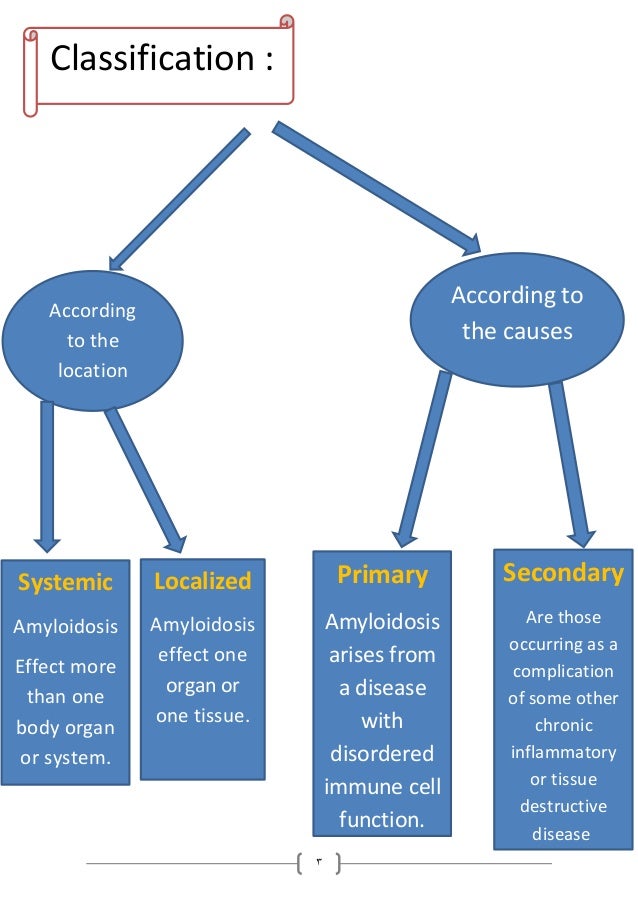

Virchows Arch A Pathol Anat Histopathol 1984 404(2): 213–221. Small cell neuroendocrine (oat cell) carcinoma of the male breast.
29 Jundt G, Schulz A, Heitz PU, Osborn M. Breast lumps: rare presentation of oat cell carcinoma of lung. Report of a case and review of the literature. Neuroendocrine primary small cell carcinoma of the breast. 27 Francois A, Chatikhine VA, Chevallier B, et al. Expression of apocrine differentiation markers in neuroendocrine breast carcinomas of aged women. 26 Sapino A, Righi L, Cassoni P, Papotti M, Gugliotta P, Bussolati G. Granular cell tumor of the breast: report of a case. 25 Kohashi T, Kataoka T, Haruta R, et al. FDG PET evaluation of granular cell tumor of the breast.  24 Hoess C, Freitag K, Kolben M, et al. Sonographic and mammographic appearances of granular cell tumors of breast with pathological correlation. 23 Yang WT, Edeiken-Monroe B, Sneige N, Fornage BD.
24 Hoess C, Freitag K, Kolben M, et al. Sonographic and mammographic appearances of granular cell tumors of breast with pathological correlation. 23 Yang WT, Edeiken-Monroe B, Sneige N, Fornage BD. #Tan tissue fragments meaning series
Granular cell tumor of the breast: a series of 17 cases and review of the literature.
21 Adeniran A, Al-Ahmadie H, Mahoney MC, Robinson-Smith TM. Characterization of sonographic and mammographic features of granular cell tumors of the breast and estimation of their incidence. 20 Irshad A, Pope TL, Ackerman SJ, Panzegrau B. 19 Boulat J, Mathoulin MP, Vacheret H, et al. Granular cell tumor of the breast: a rare lesion resembling breast cancer. 18 Gogas J, Markopoulos C, Kouskos E, et al. Clinical spectrum of the benign and malignant entity. 17 Khansur T, Balducci L, Tavassoli M. Bilateral breast involvement in acute lymphoblastic leukemia: color Doppler sonography findings. 16 Memis A, Killi R, Orguc S, Ustün EE. Research and development in breast ultrasound. In: Ueno E, Shiina T, Kubota M, Sawai K, eds. Ultrasonographic appearance and clinical implication of bilateral breast infiltration with leukemia cells. 15 Asai S, Miyachi H, Kubota M, et al. MR imaging of the primary breast lymphoma: a case report. 14 Naganawa S, Endo T, Aoyama H, Ichihara S. 
MR imaging of primary non-Hodgkin’s breast lymphoma.
13 Mussurakis S, Carleton PJ, Turnbull LW. Non-Hodgkin lymphoma of the breast: imaging characteristics and correlation with histopathologic findings. 11 Liberman L, Giess CS, Dershaw DD, Louie DC, Deutch BM. Mammographic and sonographic findings of primary breast lymphoma. 10 Lyou CY, Yang SK, Choe DH, Lee BH, Kim KH. Primary malignant lymphomas of the breast. Burkitt’s tumour presenting as bilateral swelling of the breast in women of child-bearing age. Bilateral non-Hodgkin’s lymphoma of the breast mimicking mastitis. A B-cell spectrum including the low grade B-cell lymphoma of mucosa associated lymphoid tissue. Non-Hodgkin’s lymphoma involving the breast. 3 Arber DA, Simpson JF, Weiss LM, Rappaport H. A clinicopathologic study of primary and secondary cases. World Health Organization Classification of Tumours. In: Pathology and genetics of tumours of the breast and female genital organs. It is therefore important that radiologists be familiar with the broad spectrum of imaging features of rare breast lesions as well as with the correlation between their histopathologic features and their current classification according to the World Health Organization classification system. However, even when a rare breast lesion is diagnosed on the basis of a needle biopsy, knowledge of the imaging features of such lesions may help the radiologist decide whether the results of pathologic analysis concur with the imaging findings and whether surgical excision is necessary. In addition, although a few rare breast lesions have a typical imaging appearance, most have mammographic and US features similar to those of breast carcinomas, and a needle biopsy is almost always necessary to obtain a diagnosis. Moreover, there may be wide variation in the appearances of rare breast lesions at mammography and ultrasonography (US). The imaging features of some breast lesions are unfamiliar because they are rarely seen in routine mammographic practice and they are not well described or well documented in the radiologic literature. Mammographers occasionally are surprised by the diagnosis of a rare lesion at breast biopsy.







 0 kommentar(er)
0 kommentar(er)
